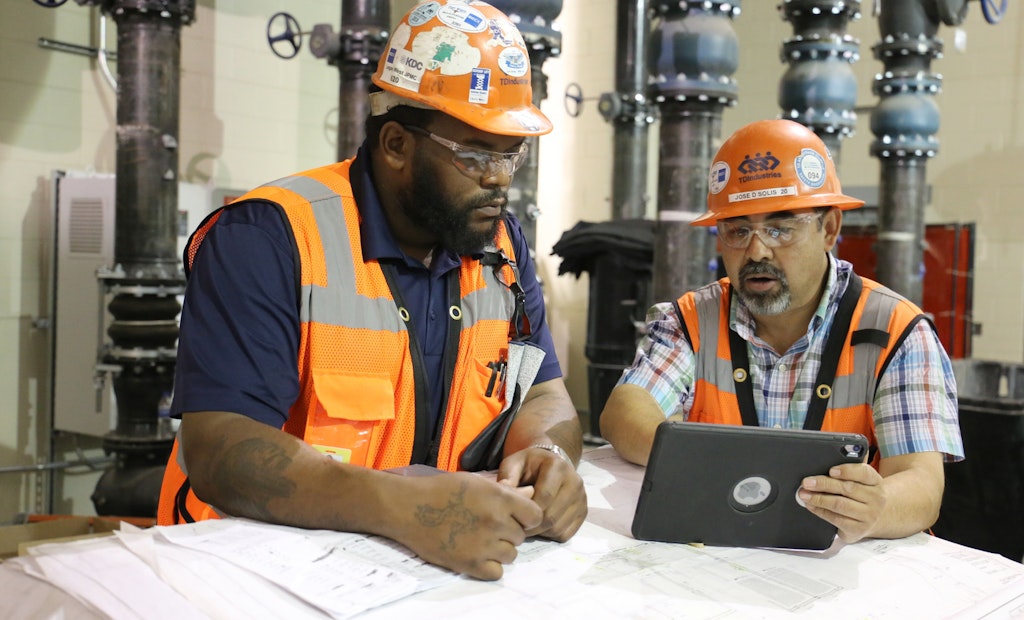It’s likely that at one time or another Kirby Yakemchuk has been in your shoes. During his 15-year career, he’s worked as an equipment operator, a fleet manager for a large contractor (Ledcor Group) and an equipment distributor.
He has been working with telematics since the...






